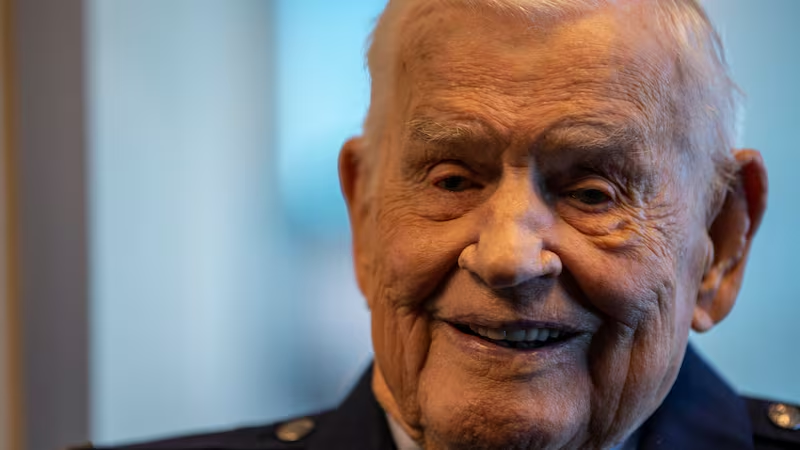
Brigadier General Clarence E. “Bud” Anderson, the last remaining triple ace from World War II, distinguished Air Force test pilot, and a seasoned 30-year veteran, including combat service during the Vietnam War, passed away on May 17 at the age of 102.
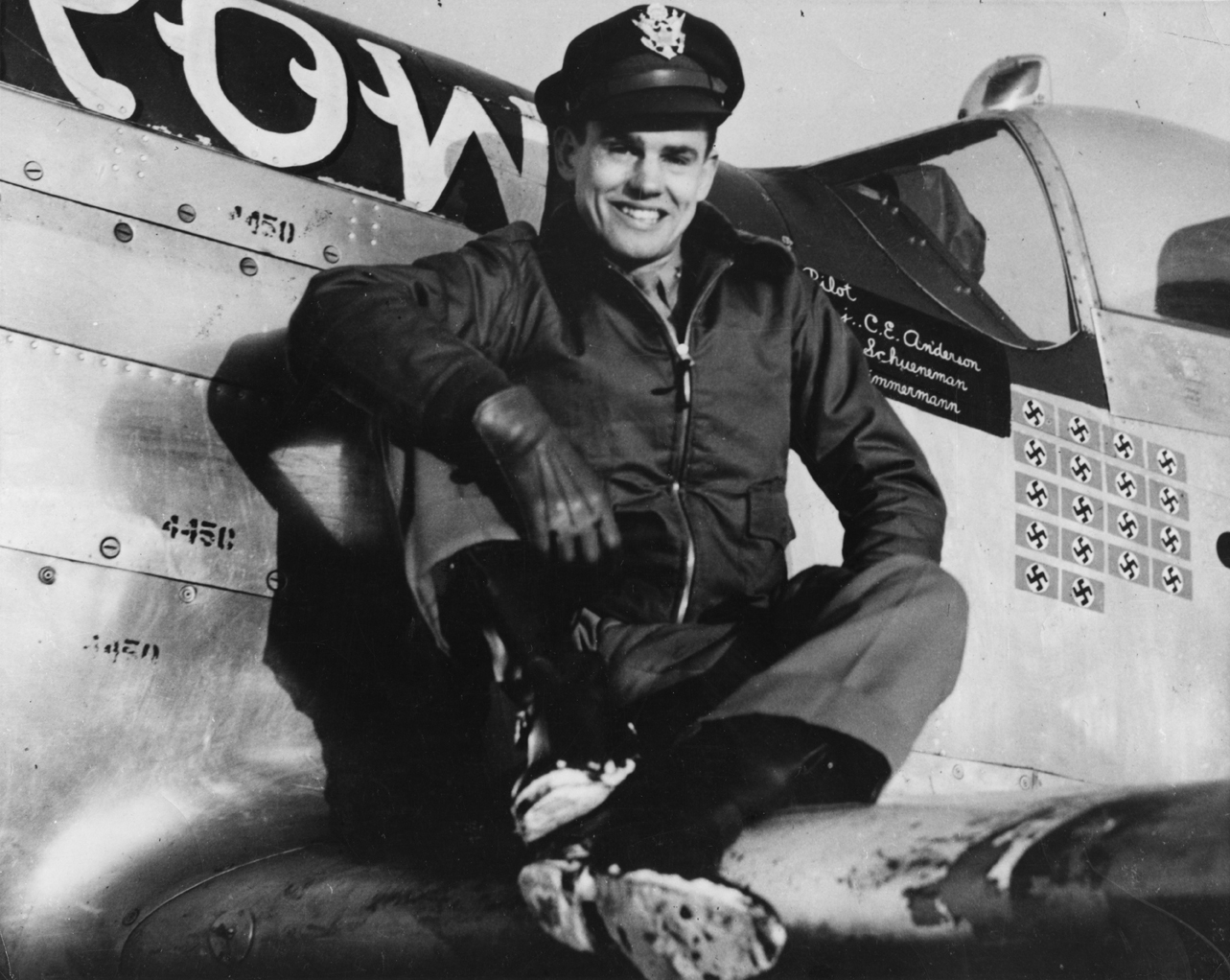
During WWII, Anderson achieved remarkable success, downing 16 German aircraft (and sharing partial credit for a 17th) while flying various models of the P-51 Mustang, affectionately named “Old Crow” after his favored whiskey brand.
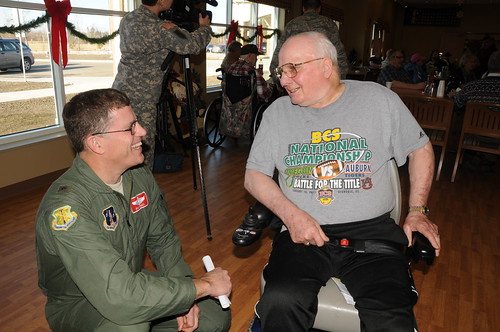
His combat record includes over 480 hours of flight time across 116 missions, all conducted between March and December 1944 with the 363rd Fighter Squadron. Most of his victories were against Focke-Wolfe 190s.
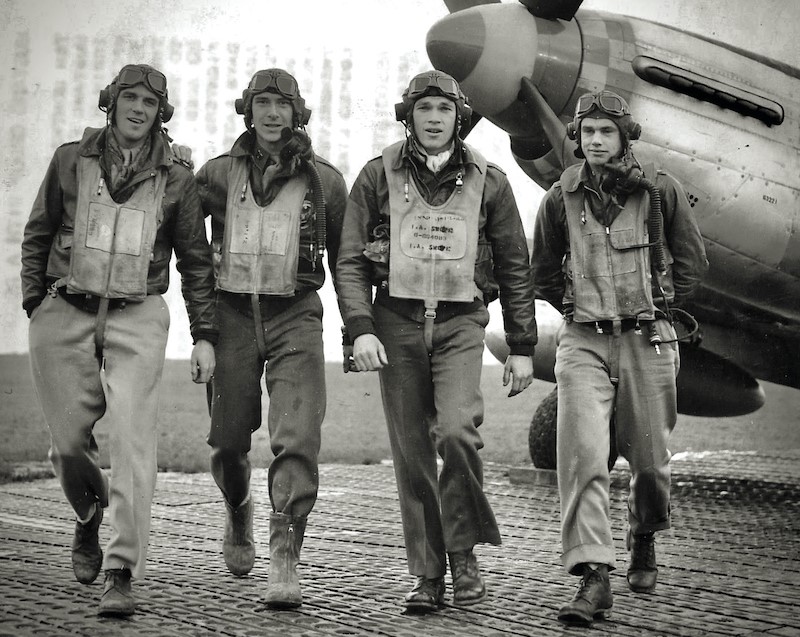
After World War II, Anderson transitioned into a distinguished career as a test pilot, accumulating over 7,500 flight hours across more than 130 different aircraft types.
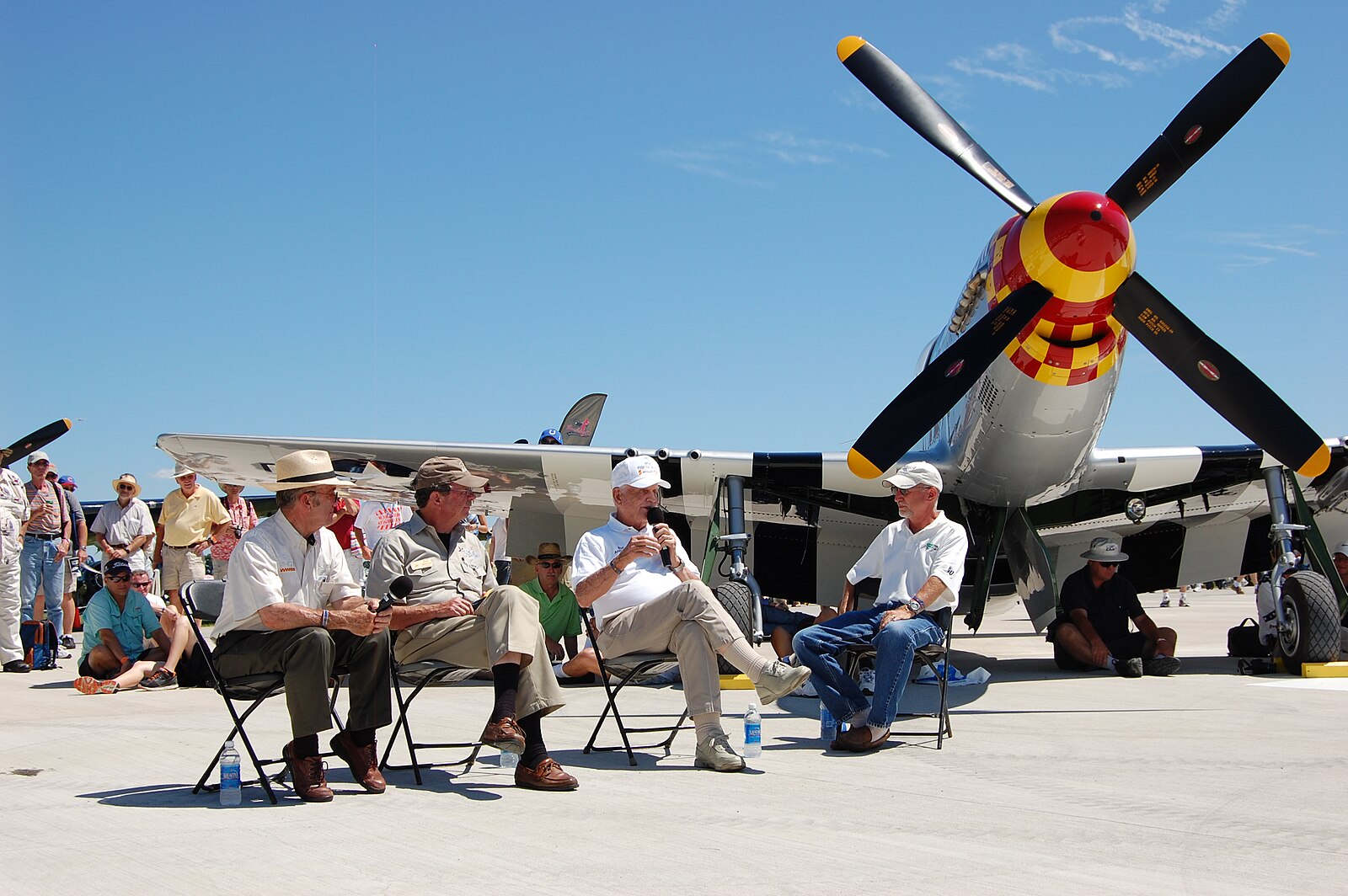
His expertise was particularly evident in testing the cutting-edge “Century Series” of supersonic fighters. Upon retiring as a colonel, he assumed the role of chief of flight test at McDonnell Aircraft Co., where he continued to contribute significantly to aviation innovation.
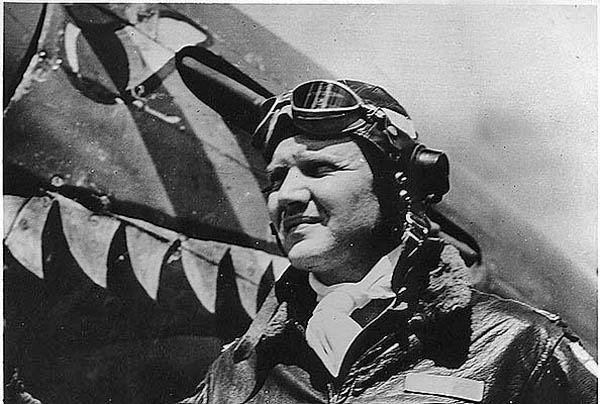
Raised near Sacramento, California, Anderson’s passion for aviation ignited during his teenage years, leading him to earn his pilot’s license while still young.
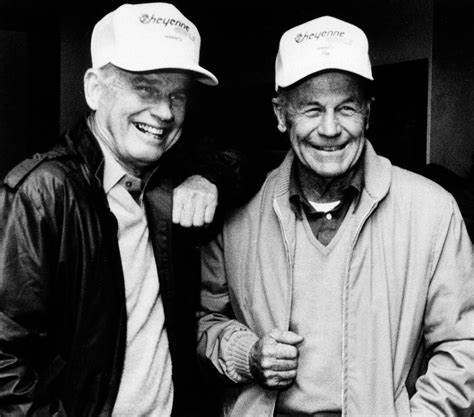
Prompted by the attack on Pearl Harbor, he swiftly joined the Army as an aviation cadet, obtaining his wings before the close of 1942. Initially training on the P-39 Airacobra, he transitioned to the P-51 upon arriving in Europe in late 1943.
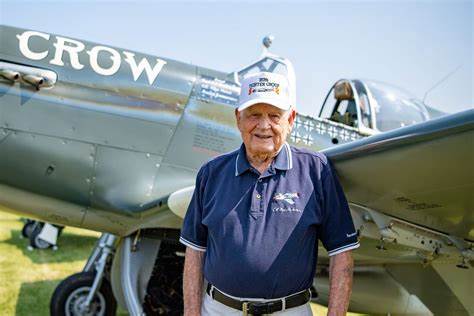
Assigned to the 357th Flying Group, famously dubbed “The Yoxford Boys,” Anderson undertook escort missions over Europe in early 1944. Within a month of these missions, he achieved his first aerial victory, downing a Messerschmitt BF-109. By May, he attained ace status, having shot down five enemy aircraft. Remarkably, in June alone, he claimed three FW-190s, marking him as a double ace by month’s end.
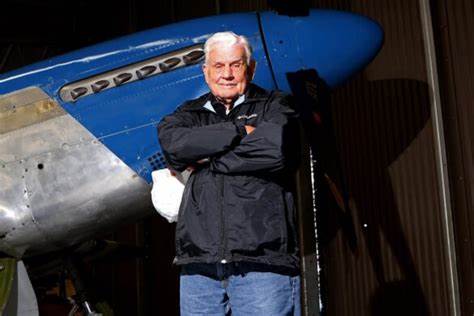
Returning from stateside leave, Anderson resumed flying duties, scoring additional victories in November and December 1944, including three FW-190s and forcing down another. These feats solidified his status as the 357th’s third-leading ace, with a tally of 16.25 kills. Notably, none of the planes Anderson piloted sustained enemy fire, and he never aborted a mission.
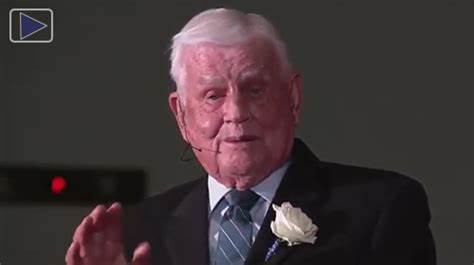
Completing the Army War College and additional operational assignments, Anderson was appointed to command the 18th Tactical Fighter Wing at Kadena Air Base, Japan, until late 1967, demonstrating his strategic command abilities in the Pacific theater.
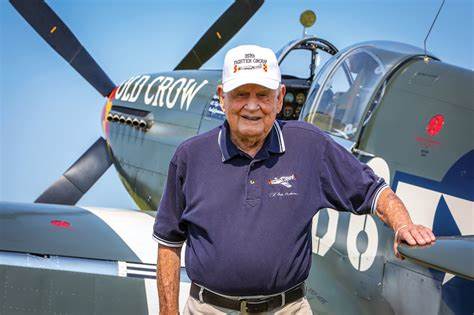
Following a tour at the Pentagon, Anderson assumed command of the 355th Tactical Fighter Wing from June to December 1970. Flying 25 combat missions against the Ho Chi Minh Trail from Takhli Royal Thai Air Force Base, he displayed exceptional leadership during a critical period of the Vietnam War.
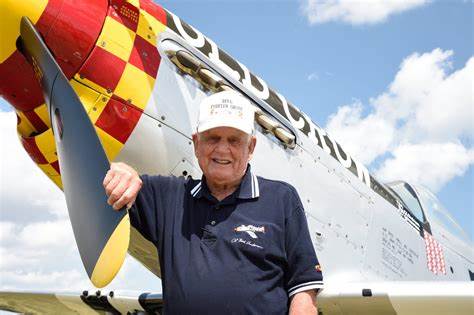
Anderson retired in 1972, culminating a decorated career highlighted by two awards of the Legion of Merit, five awards of the Distinguished Flying Cross, the Bronze Star, and 16 Air Medals, alongside prestigious international honors. Post-retirement, he managed McDonnell’s flight test operations at Edwards until 1998, overseeing crucial test projects that contributed to advancements in aviation technology.
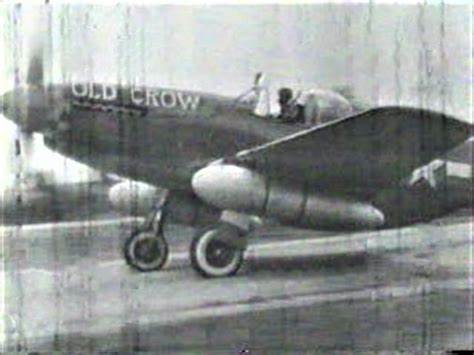
Additionally, his memoirs, co-written in 1990 and republished in 2019, immortalized his remarkable experiences as a triple ace and test pilot, earning acclaim from peers like Chuck Yeager.

Throughout his life, Anderson’s contributions were celebrated through various honors, including inductions into esteemed aviation halls of fame, recognition from the United States Congress, and a lifetime achievement award from the Air Force Association.
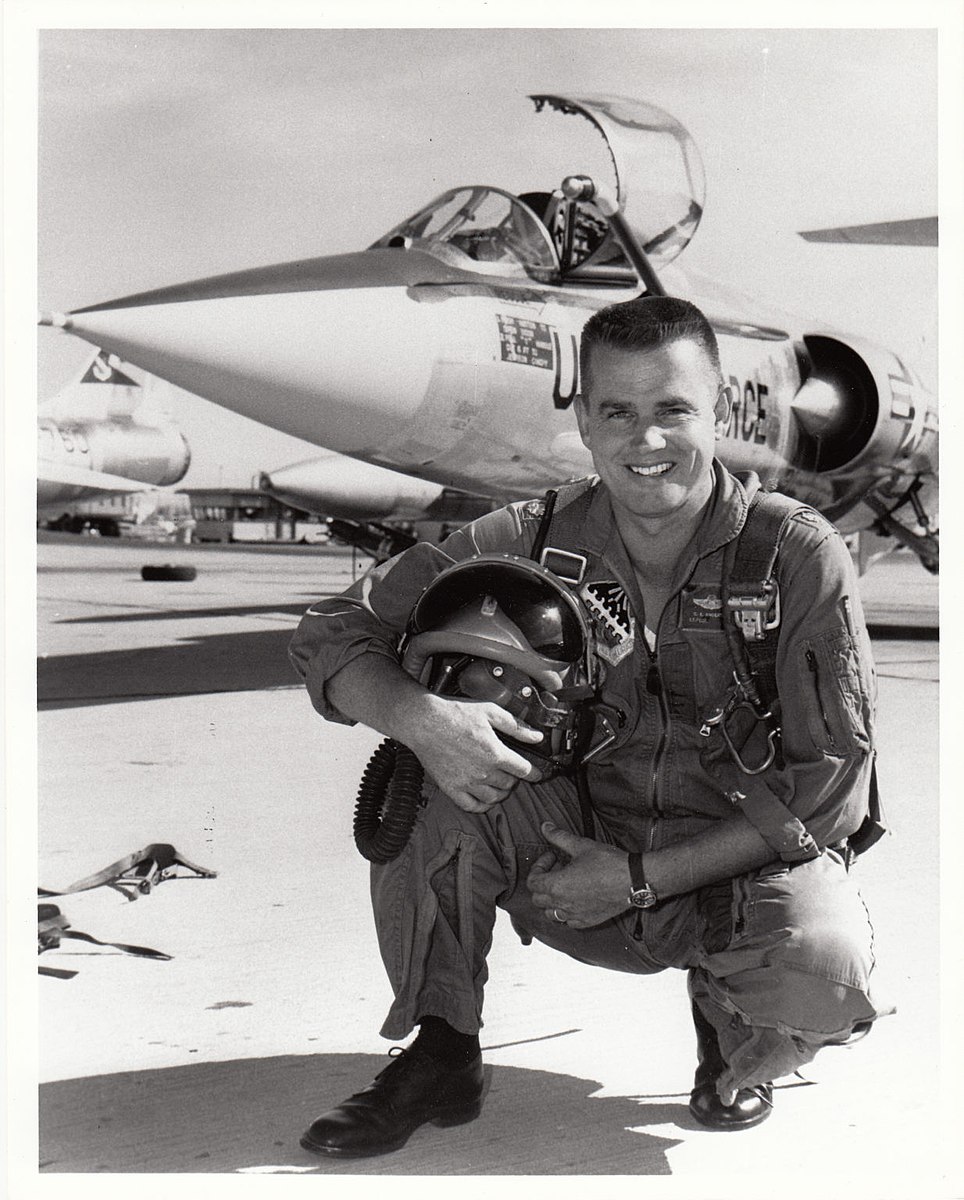
His legacy endures through monuments like the life-size bronze statue at Auburn Municipal Airport and his affiliation with prestigious aviation associations.
Relevant articles:
– Bud Anderson, WWII Triple Ace and Air Force Test Pilot, Dies at 102, Air & Space Forces Magazine
– Bud Anderson, America’s last World War II ‘triple ace,’ dies at 102, Air Force Times
– Clarence ‘Bud’ Anderson, Last World War II Triple Ace, Dies at 102, Military.com
– Clarence ‘Bud’ Anderson, Last World War II Triple Ace, Dies at 102, Military.com
